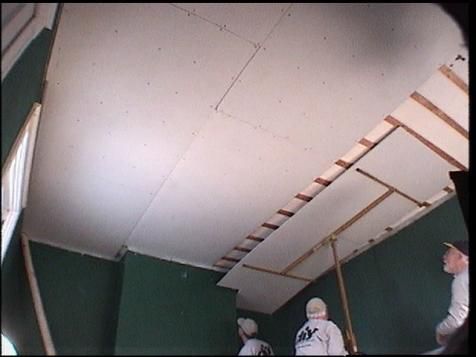Garden back doors
Should External Doors Open Inwards or Outwards?
Do External Doors Have to Open Inwards?
The majority of external doors will open inwards. This is particularly so in the case of front doors. You get home, you unlock the door, and you push. Whoever heard of a front door that needed to be pulled? But, however often we enter a house through an inward-opening door, we don’t often stop to think about why it’s inward-opening. The prevalence of the design can be explained by three main factors.
Security
The primary function of an exterior door is that of securing the property against would-be intruders. Historically, outward-opening doors would need to have their hinges on the outside. This would provide criminals with the opportunity to sabotage the hinges and thereby remove the entire door. Nowadays, you can find outward-opening doors with their hinges protected - but they’re still more vulnerable than their inward-opening counterparts.
We should also consider that in the case of a front door, having it open inward will make it easier to shut the door on unwelcome doorstoppers, who, if the door opened outward, would be already standing within its arc if they were to move onto the doorstep. Inward-opening doors can also be more easily equipped with extra security features like latches and chains.
Weather
When an external door opens outwards, it’s exposed to the whims of mother nature. A stray gust of wind might slam a set of French patio doors so hard that the glazing shatters - or hard enough to cause anyone nearby to jump out of their skin. Wooden doors that open outward are also more exposed to rainwater than their inward-opening counterparts - particularly if the top of the door hasn’t been finished with the same attention as the front and back. After heavy snowfall, you might also find it impossible to open an outward-opening external door - which in some extreme cases might render the occupant housebound for days on end.
Safety
Inward-opening doors are the safest option. In the case of fire, it’s easier for rescuers to smash their way through a door that opens inwards. Having the door open into the room will also prevent the possibility of opening the door into the face of an unsuspecting caller on the other side.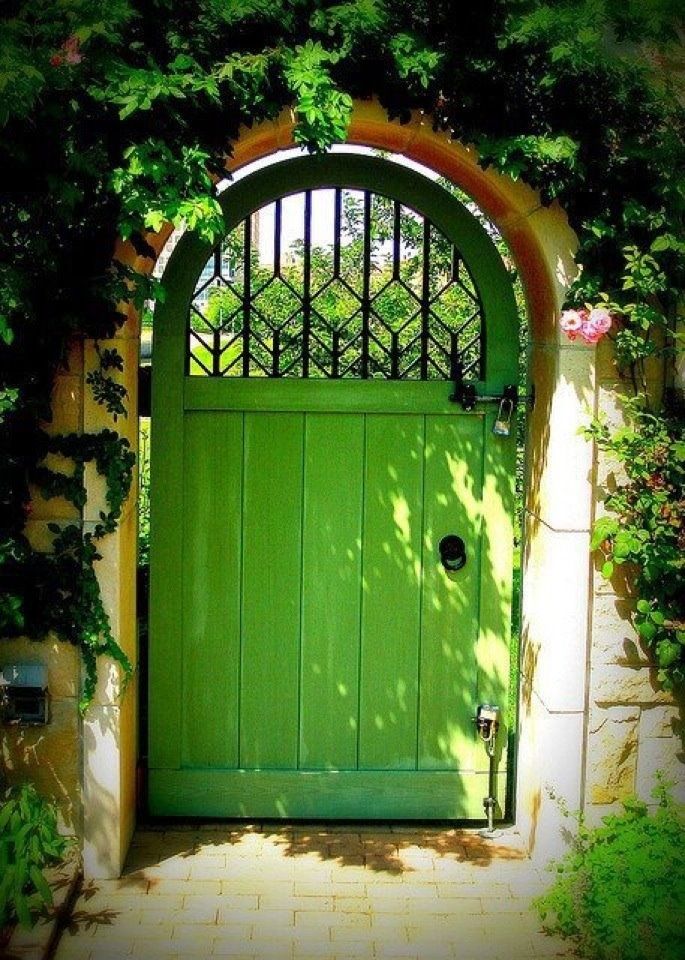
Can Exterior Doors Open Out?
There are some situations where external doors do indeed open in the other direction. A good example would be fire escapes. During an emergency, people aren’t always thinking clearly, and thus it’s worth making life as simple as possible. Barging one’s way into a large bar-shaped handle and pushing out of the building without breaking a stride is easier than stopping to pull the thing open.
In public buildings, we also need to consider that not everyone using the door will be of equal strength, and that anything that can be done to make things easier for small children and the elderly is welcome. Wheelchair users might struggle to back themselves up and pull the door open. Add to this the fact that fire escapes aren’t often used, and thus the advantages of inward-opening are negated, and the advantages of opening outward become nigh-on inarguable.
The chances are that your home does not come with a dedicated fire escape. But there are still other instances where outward-opening doors might be desirable. If you’re installing your external doors somewhere a little less safety-crucial, such as on a patio, then you might have them open outward in order to free up space for furniture on the inside. You will, however, need to take a few steps to limit the damage caused by the wind.
If you’re installing your external doors somewhere a little less safety-crucial, such as on a patio, then you might have them open outward in order to free up space for furniture on the inside. You will, however, need to take a few steps to limit the damage caused by the wind.
Many sets of external French doors come with small hooks attached, via which the doors can be tethered to the surrounding walls. This will have a minor impact on the way that the door looks, but it’ll ensure that they’re suitably immobile when the breeze picks up. Timber doors can have these modifications made after installation.
Alternatively, you might look to prop your external doors open using a suitably weighty object. Flower pots do the job nicely - though you’ll need to drag them back and forth every time you prop the doors open.
As we’ve mentioned, inward-opening doors tend to be more secure, as their hinges are concealed on the door’s interior. But this isn’t always the case. Clever designs effectively prevent the hinges from being removed or otherwise tampered with.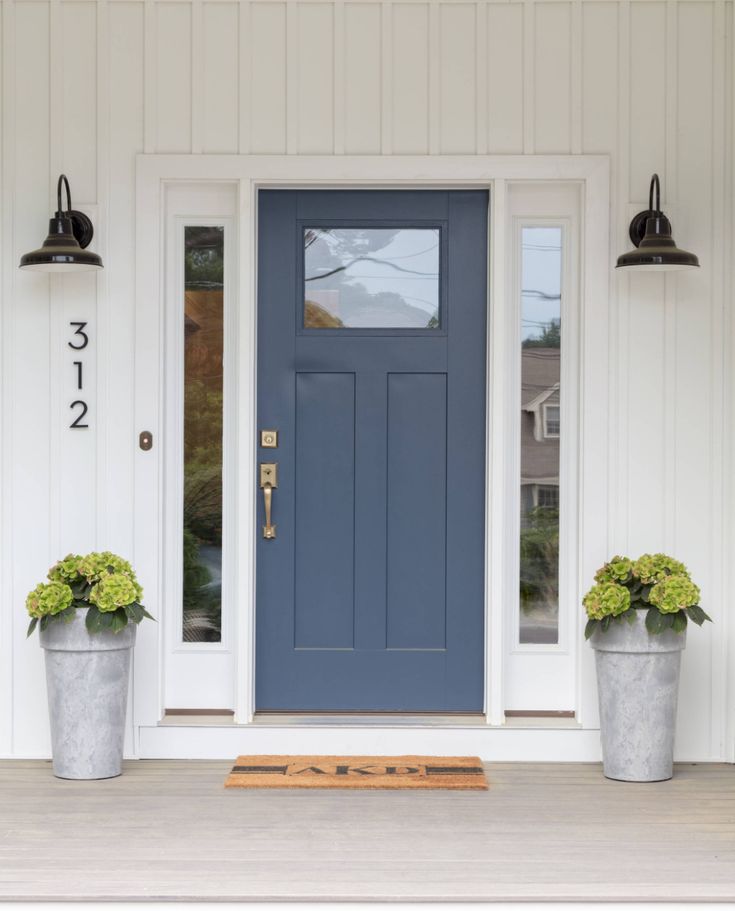 These include ‘setscrew hinges’, which lock the hinge pin to one side of the hinge, thus concealing it when the door is fully closed. You can modify existing hinges to work this way if you’re handy with a drill, but given the importance of the device, it’s almost always best to go with a shop-bought version.
These include ‘setscrew hinges’, which lock the hinge pin to one side of the hinge, thus concealing it when the door is fully closed. You can modify existing hinges to work this way if you’re handy with a drill, but given the importance of the device, it’s almost always best to go with a shop-bought version.
Another option comes in the form of a stud hinge, whose hinge plates are fitted with interlocking studs that prevent the door from coming away from the door frame when it’s closed. Finally, there’s the non-removable hinge pin, which works in much the same way as a rivet. Once it’s installed, it cannot be removed - making security a great deal more straightforward.
What does the Law Say About Doors Opening Outward?
The legislation concerning outward-opening doors come in section 153 of the 1980 Highways Act. As you might imagine, it concerns doors which open straight out onto the highway, and so if yours is at the end of a short path, the chances are that you don’t need to worry. Incidentally, the legislation also covers garden gates, and so should be considered if you’re considering installing one.
Incidentally, the legislation also covers garden gates, and so should be considered if you’re considering installing one.
Specifically, the law states that:
“A door, gate or bar which is put up on any premises and opens on a street shall be so put up as not to open outwards unless, in the case of a door, gate or bar put up on a public building, the local authority for the area in which the building is situated and also, if the street is a highway, the highway authority consent to its being otherwise put up.”
In other words, if you’re considering installing an outward-opening door, then you’ll need to get in touch with your local authority and the highway authority. If you install your door or gate without letting them know about it, you’ll get a written notice requiring you to alter it so that it opens inwards. If you don’t co-operate, then you can expect to be dragged before a magistrate and made to pay a fine of level 1 on the standard scale, which amounts to a maximum of £200.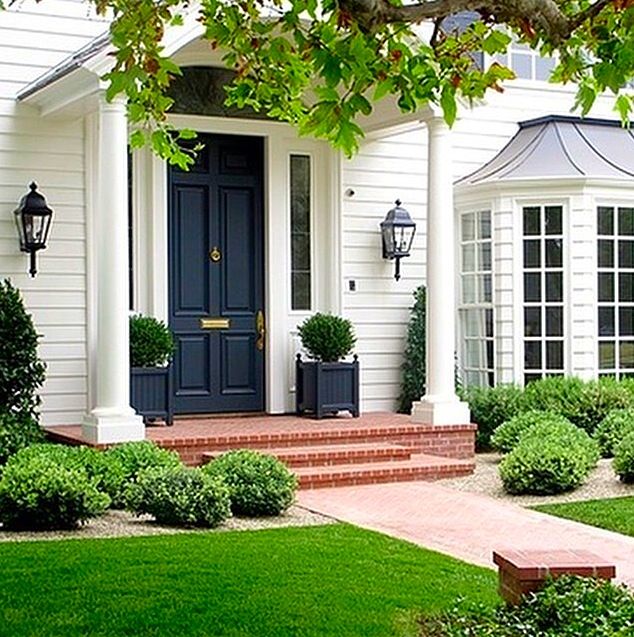 Add to this the cost of covering the cost of the authority correcting the problem, and you’ve got plenty of reasons not to go down this route.
Add to this the cost of covering the cost of the authority correcting the problem, and you’ve got plenty of reasons not to go down this route.
As we’ve discussed, there are several good reasons why inward-opening doors might be preferable. Unless you have particular needs, therefore, it’s best to stick with them. If you do want to install an outward-opening door, then make a point of making the appropriate checks before work commences. You’ll save yourself considerable stress in doing so.
Why do front doors open out in Sweden?
There are some countries where external doors, more often than not, open outward rather than inward. A famous example is Sweden, along with several other Scandinavian countries. If you’ve seen one of the recent flood of ‘Scandi-noir’ television dramas, you might have noticed this phenomenon.
There are several competing explanations for this difference. One legend posits that a large group of people once died in a single fire, and thus it was decreed that doors should open outward to allow for easier escape.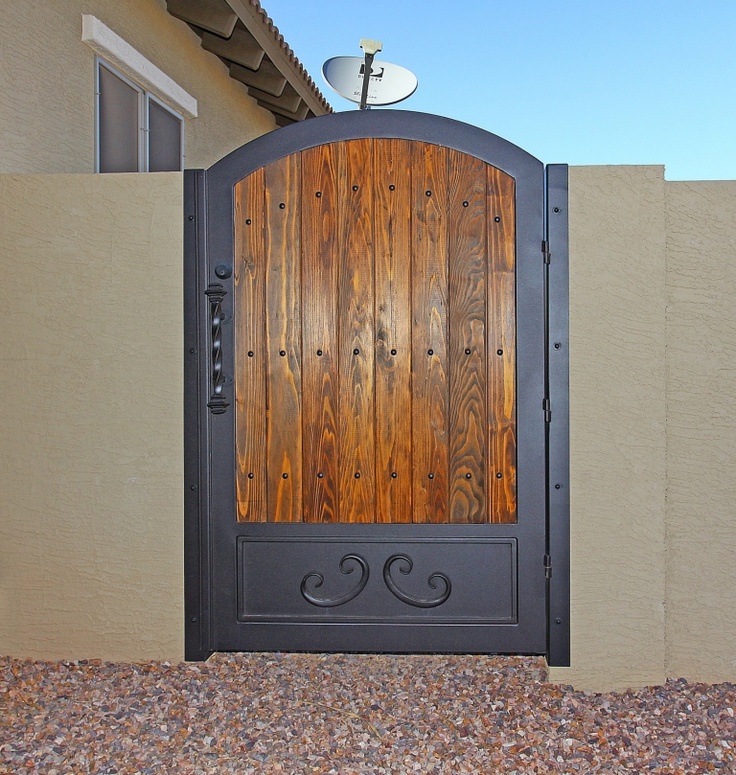 Another theory suggests that at one time lodgings in Scandinavia were very small, and thus space on the interior of the property was at a premium.
Another theory suggests that at one time lodgings in Scandinavia were very small, and thus space on the interior of the property was at a premium.
A likelier explanation stems from the climate in Scandinavia. As we’ve mentioned, when doors open outward, they’re vulnerable to being blocked by heavy snowfall. Since snow is a more pressing concern in Scandinavia, it is more likely to be dealt with via other means. Moreover, outward-opening doors are less likely to bring snow into the house when they’re opened and closed. Thus, Swedish doors open outward.
Garden Doors vs. French Doors | What's the Difference?
A choice between garden-style doors and French doors is a personal one. Nonetheless, knowing the pros and cons of each might help.
1. Style and Design
Garden doors can dramatically change the appearance of a home and match a particular style. With their retro and sophisticated design, garden doors will boost your home’s curb appeal and market value.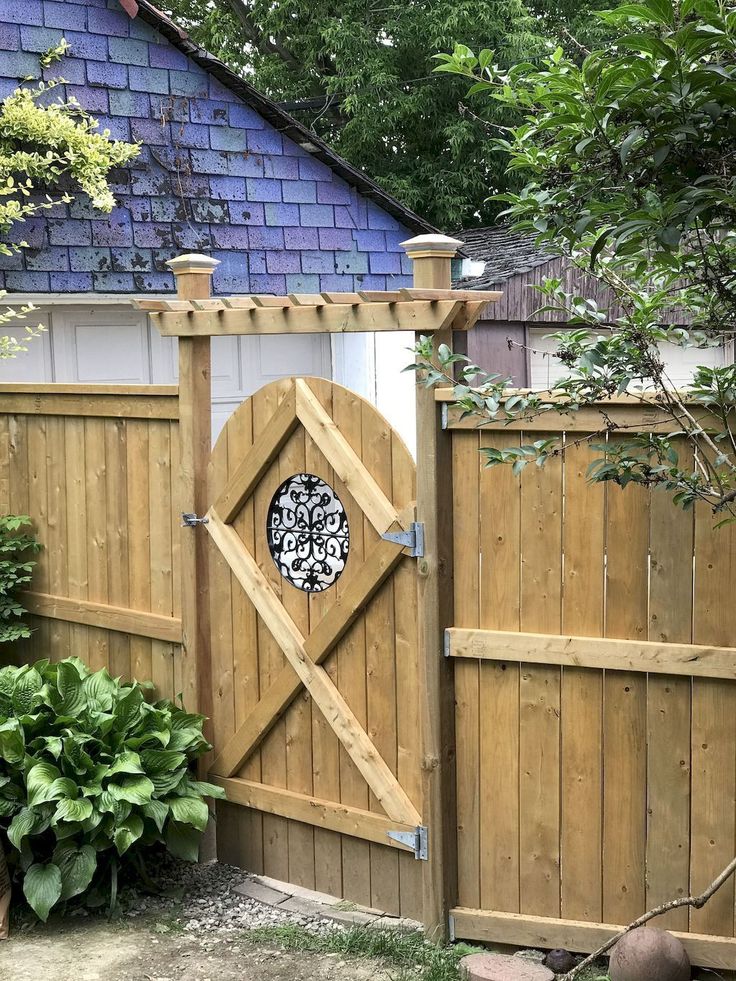 Choose from different styles, colors, frames, finishes, and hinge swings.
Choose from different styles, colors, frames, finishes, and hinge swings.
French doors offer a modern, contemporary look that can enhance newer home designs. Stylish sliding doors provide security as well as full open-door ventilation. Three and four-panel configurations are available in a variety of sizes and heights.
2. Physical Space
Before making a decision, it is essential to consider how the door interacts with your deck or patio. French doors do not open outwards and can maximize your space. With the sliding design, you have complete control of your patio without sacrificing space.
On the other hand, garden doors have the advantage of optional double doors. Double doors open wide, making it easy to move furniture and appliances inside and outside the house.
3. Sturdiness
French doors lack solid center support because the two doors open and close. The foot bolts used for French doors are not as strong as the doors are not securely attached to the frame.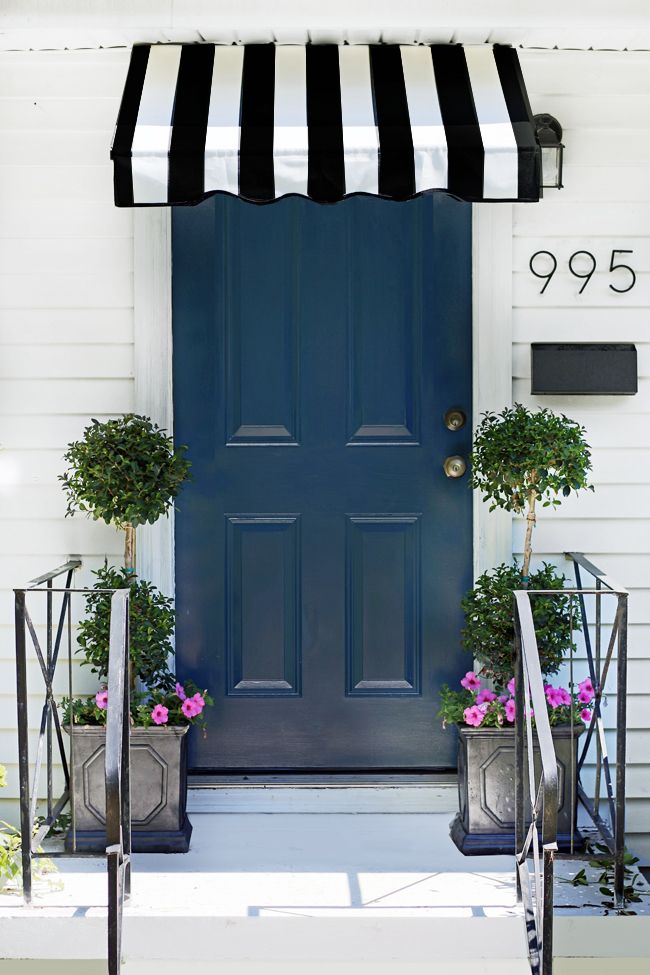 In contrast, garden doors have a sturdy center support with a fixed door.
In contrast, garden doors have a sturdy center support with a fixed door.
Garden Doors can withstand regular and daily use without any failure. The sliding mechanism on French doors may require maintenance as the rails can get stuck or go off the tracks. These days most modern doors provide smooth gliding operation.
4. Cost
The budget can play a significant role in choosing garden doors vs. French doors. Costs can vary depending on the type of material, features, and customizations. Generally, garden doors tend to be more expensive than French doors.
5. Energy Efficiency
Since garden doors are a combination of steel and wood, they lose heat quickly and are not energy efficient. On the plus side, available ventilation options help maintain the indoor air temperature and save energy.
French doors use high-quality materials and insulated glass for better energy efficiency, while sliding doors are essentially large windows. These doors offer all the standard features and potential add-ons with energy-efficient technology.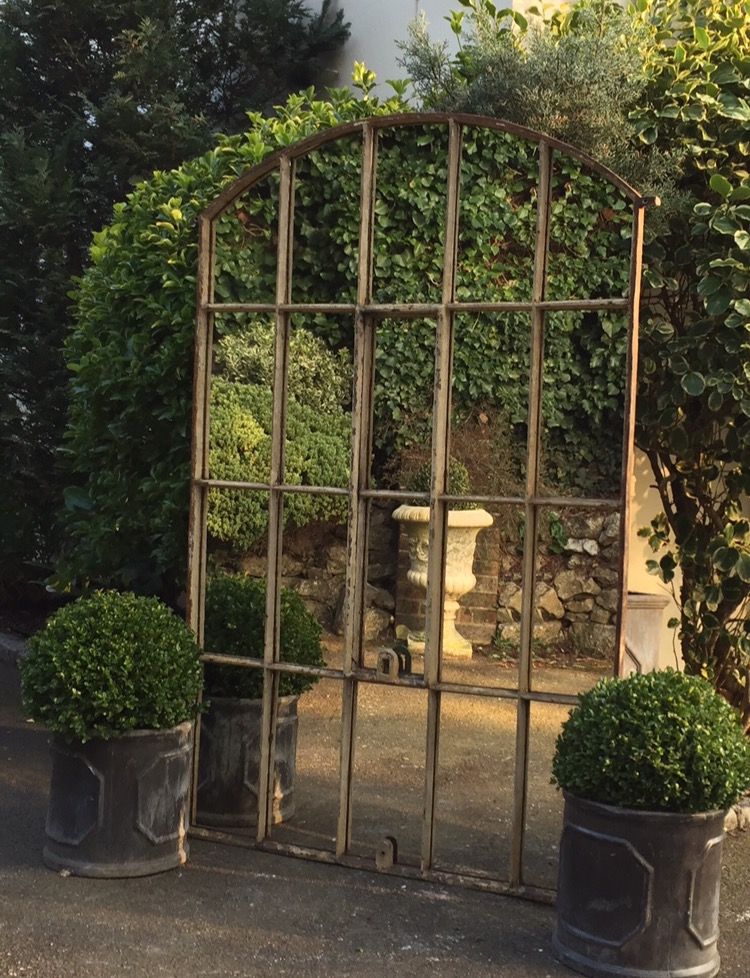
Additionally, French doors can have double or triple panes and Low-E coatings for UV protection. A tight seal around the door ensures lower energy use and stabilizes indoor temperatures.
6. Natural Light
With new doors, you want natural light entering from the back of the home, and French doors are a perfect choice. Sliding glass doors have the greatest surface area and the ratio of glass to frame, providing the highest quantity of natural light for your home.
French doors also provide an unobstructed view of your backyard, garden, deck, or patio. Whereas garden door components do not leave enough room for glass, making it harder for light to enter your home.
7. Privacy
Garden doors are an excellent choice for homeowners who want privacy. French doors are glass panes that offer a clear view inside your home. Garden doors can be customized entirely for privacy as you can pick the type of glass.
8. Security
French doors are an extremely safe option for residential properties.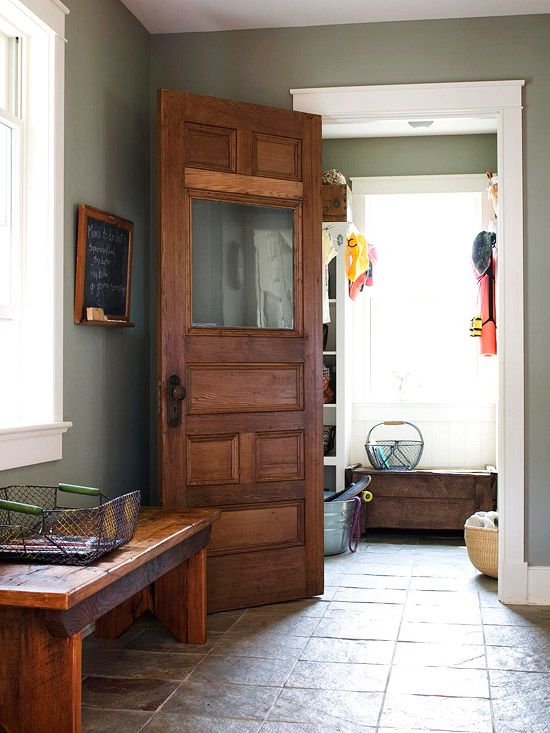 Garden doors typically have one lock making them less secure. Multi-locking mechanisms are available for added security, but they are costly.
Garden doors typically have one lock making them less secure. Multi-locking mechanisms are available for added security, but they are costly.
French doors feature tempered glass and built-in security features for maximum safety and protection. In addition, the sliding design allows for the integration of an optional security bar, deadbolts, and kick locks.
principles of arrangement and design advice
How to plan garden paths on the site?
The main task of the paths on the site is to provide easy access to any part of the garden. To determine their location and size, you need to draw up a plan and delimit the space into functional zones.
Basic planning principles
Keep in mind that garden paths are fundamentally different from street sidewalks and usually follow curved paths. On the new site, planning will have to start from scratch, in parallel with the improvement of the territory. nine0005
When thinking about landscape design, follow a few rules:
- determine the functional areas on the site;
- make a plan of all routes, marking the beginning and end of each on the diagram;
- do not make paths too windy, avoid sharp turns;
- evaluate the patency to correctly calculate the width and length of the tracks;
- stick to the general style - garden paths must match the design; nine0014
- use materials that are optimally suited for the selected application.
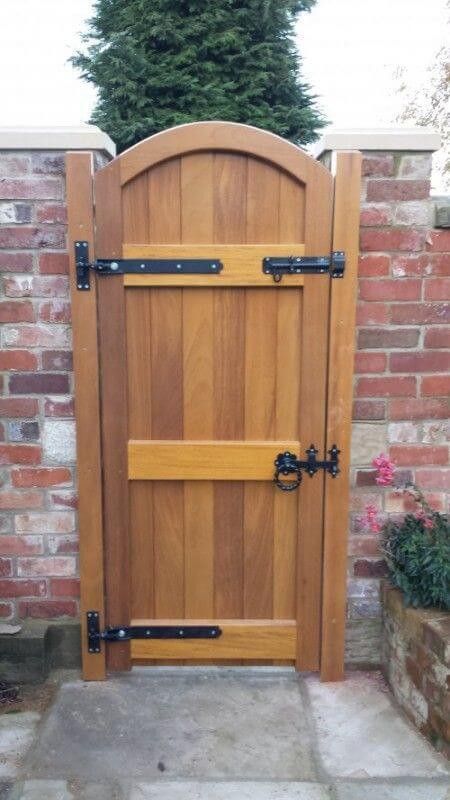
First, determine whether the recreation areas, summer kitchen and barbecue areas will be combined. Think about whether you are going to equip a children's or sports ground, whether a gazebo, a swimming pool, guest houses will appear on the territory. All these nuances play an important role in the construction of garden paths: each path should organically fit into the landscape design. Make a plan with the main points in mind and stick to it exactly. nine0005
Routes and crossings
Remember that every path must lead somewhere. Dead ends are best avoided. In extreme cases, at the end of the path, you can install a fountain, break a beautiful flower garden or put a sculpture. Garden paths can intersect with each other, move from one to another. Avoid sharp corners when crossing: connect them with smooth arcs.
Lay the path that goes to the main entrance along a long route, creating a soft, wavy shape. The distance from the back door of the house to outbuildings should be as short as possible. You can think of special routes for children so that they can play more on the site. Children's paths can be more winding, located between shrubs, flower beds, rock gardens. If you think over the directions in advance, you can organize the improvement of the territory, taking into account the needs of all family members. nine0005
You can think of special routes for children so that they can play more on the site. Children's paths can be more winding, located between shrubs, flower beds, rock gardens. If you think over the directions in advance, you can organize the improvement of the territory, taking into account the needs of all family members. nine0005
Track dimensions
The main path, located between the gate and the entrance, must be at least 1.5 meters wide so that two people can easily pass along it. Secondary paths leading to the bathhouse, gazebo and outbuildings may be narrower (80-90 cm). Walking paths located along the perimeter of the garden can have a width of 40 to 80 cm.
Even for a large garden, one wide path with a slight bend, designed for joint walks, is enough. By arranging paths of different widths, you can improve the design of the territory, make it easier to care for the garden. You can dilute the monotony on long paths with the help of ornamental shrubs, pergolas, garden figurines. nine0005
nine0005
Coatings
All tracks can be divided into two types: functional and decorative. The former are used much more actively - this is the main criterion that is taken into account when choosing a coating. The strength and ability to withstand the load directly affects the cost of the material.
Hard surfaces include:
- natural stone;
- paving slabs;
- asphalt; nine0013 concrete.
For the arrangement of walking paths, you can use:
- rubble or gravel fill;
- tree cuts;
- lawn;
- bark and chips.
Natural stone is considered the most undemanding material in care: it is easy to wash and clean, it can easily withstand sharp fluctuations in temperature and humidity. Even if chips appear on the stone, this does not affect performance in any way. nine0005
It is important that the materials are harmoniously combined with each other and fit into the overall design.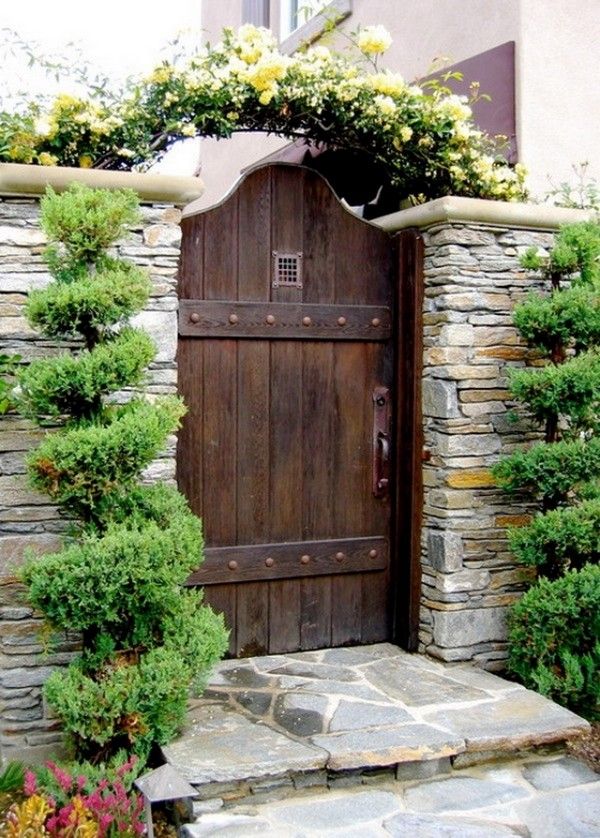 In one area, it is recommended to use no more than 2-3 types of coatings.
In one area, it is recommended to use no more than 2-3 types of coatings.
back to article list
Construction of a winter garden
Greenhouse in your house
How to plan garden paths on the site?
Call a specialist
We will definitely call you back and agree on the time of departure of our specialist nine0005
A specialist will come to your site, study the site and discuss the details, and evaluate the amount of work.
WRITE TO US
Fairy door Garden gnome, door, furniture, wood, magic png
Fairy door Garden gnome, door, furniture, wood, magic pngTags
- furniture,
- wood,
- magic,
- garden,
- landscape lighting,
- cobblestone,
- fairy,
- polyresin,
- building,
- gnome,
- gardening,
- garden center,
- door,
- facade,
- forest Horticulture,
- fairy garden,
- arch,
- fairy door,
- garden gnome,
- png,
- transparent,
- free download
About this PNG
- Image size
- 850x850px
- File size
- 653.
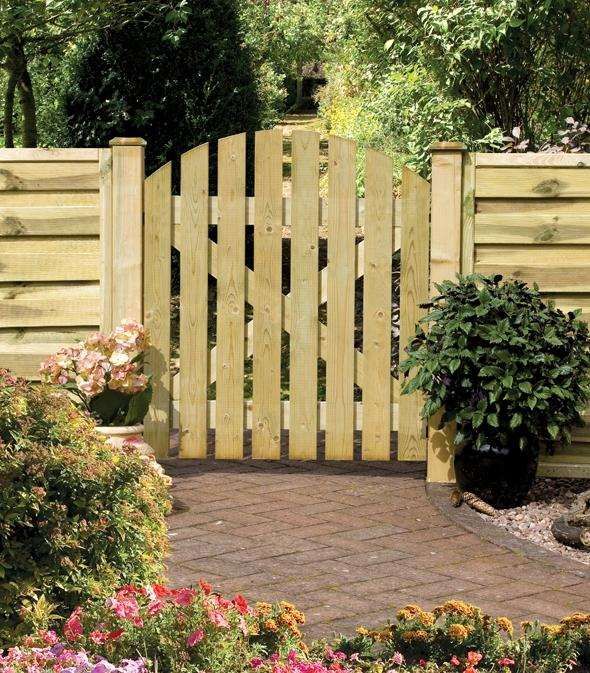 05KB
05KB - MIME type
- Image/png
resize PNG
width(px)
height(px)
License
Non-Commercial Use, DMCA Contact Us
- brown wooden door, Fairy door Garden gnome, door, furniture, elf, wood png 1000x1000px 678.06KB
- Window Fairy door Garden, Fairy door, building, tree, ornamental Plant png 555x555px 166.55KB nine0014
- Fairy door Garden Butterfly, hand-painted figures, elf, flower Garden, lawn png 500x500px 302.66KB
- brown wooden door, Fairy Doors, furniture, retro, open Door png 2000x2000px 3.86MB
- Garden furniture Landscape architecture Landscaping, tree top view, round brown wooden table with four chairs, set of 5 cutlery and green leafed tree illustration, furniture, lawn, interior Design png 1100x603px 855.37KB nine0014
- round brown wooden door, Fairy Door House Gnome, fairy lights, furniture, elf, wood png 800x800px 249.98KB
- Garden gnome Fairy door, Hand-painted wood, furniture, wood, garden Furniture png 500x500px 248.82KB
- Mushroom Festival Fairy Garden House, mushroom, elf, magic, backyard png 800x800px 107.
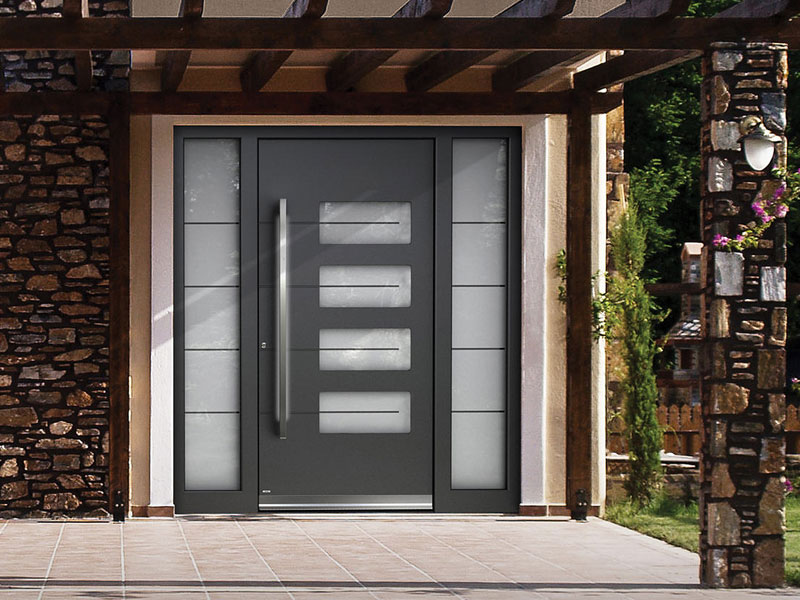 06KB
06KB - Tree house Fairy Garden Flower fairies, fairy lights, furniture, decor, christmas Decoration png 640x640px 156.72KB nine0014
- Terrace garden Gazebo Landscape design Fairy door, gazebo, miscellaneous, furniture, outdoor Structure png 1182x1182px 938.17KB
- brown wooden bridge, Fairy Bridge Garden House, bridge, etsy, bridge, bridge png 2000x2000px 645.73KB
- Garden Tools & Equipment Gardening, GARDEN, furniture, flower Garden, patio png 4507x3648px 2.29MB
- Fairy door Cottingley Fairies Fairy tale world Spirit, fairy lights, magic, garden, troll png 941x941px 120.
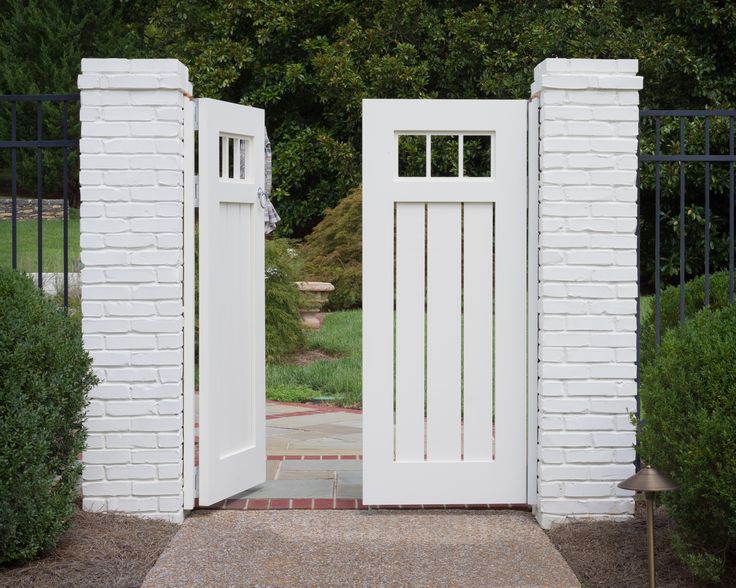 16KB
16KB - Fairy door Garden house, door, furniture, elf, window png 850x850px 687.55KB
- brown and blue house illustration, House Cartoon Drawing Cottage, house fence, fence, fencing, property png 655x500px 422.43KB
- Garden Fairy Dollhouse Lawn, garland, furniture, patio, magic png 800x800px 61.61KB
- two brown wooden doors between flowers, Medieval castle Door Window Floor background, furniture, interior Design Services, furniture png 1000x1000px 491.4KB
- lakeside bungalow house, Humidifier, Farmhouse forest lawn background material, landscape, grass, plantation png 1100x600px 1.
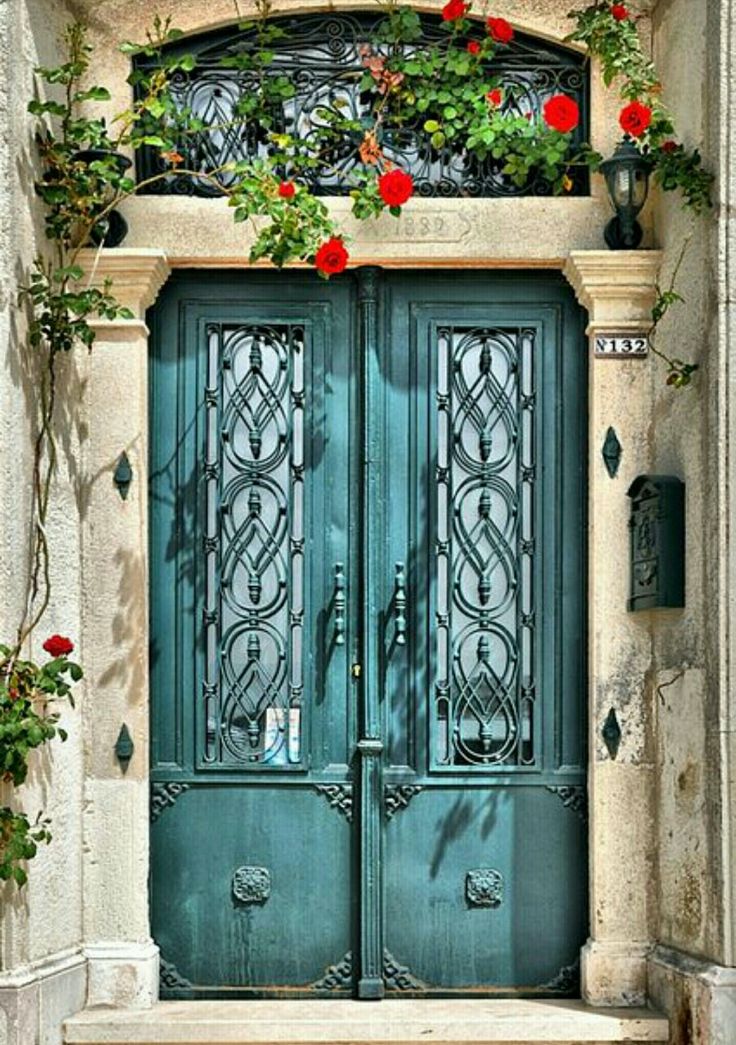 16MB
16MB - Fairy door Dwarf Elven Garden, mushroom house, legendary Creature, furniture, garden Furniture png 500x500px 86.04KB
- brown and multicolored house near trees illustration, Landscaping Garden, Property villa, building, poster, landscape png 800x554px 780.71KB
- Bristol Garden ornament Fairy house, bridge, furniture, fence, bridge png 2000x2000px nine02.68KB
- Landscaping Gardening Lawn Landscape care, landscaping, miscellaneous, tshirt, lawn png 1389x4043px 6.25MB
- green and red garden gnome, Garden gnome Lawn Ornaments & Garden Sculptures Garden ornament, Gnome, cartoon, garden, troll png 2000x2000px 502.
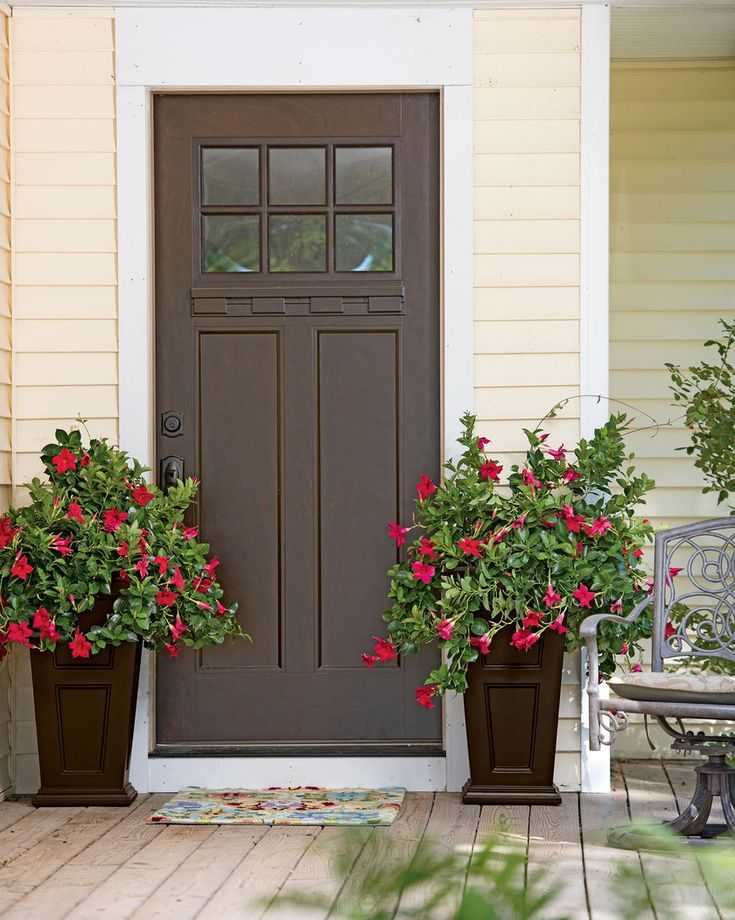 02KB
02KB - Window Door Solid mahogany, Door, furniture, interior, design Services png 914x1500px 1.59MB
- green leafed plants, Landscape Rock garden Computer file, Green garden lake, grass, green Apple, material png 1000x548px nine83.49KB
- Swing Gnome Children's playground Fairy Amazon.com, garden swing, game, furniture, cartoon png 500x500px 139.11KB
- Garden Yard, Artificial lake garden, landscape, grass, running png 760x500px 677.02KB
- House Fairy Garden Window Solar energy, hollowed out railing style, elf, window, wood png 640x640px 196.
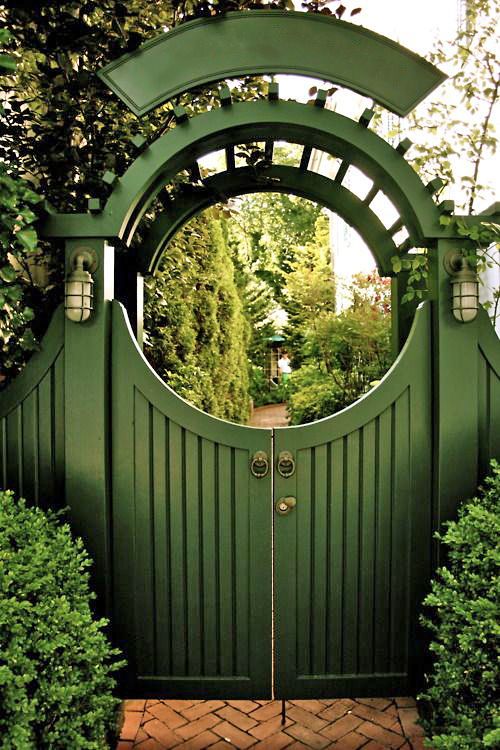 37KB
37KB - 400 099 Web banner Material Building, house, white and brown concrete house surrounded by plants, condominium, room, houses png 848x702px 558.48KB nine0014
- Fairy door Garden House, garden house, furniture, grass, bedroom png 584x584px 119.65KB
- white wooden door, Rectangular House, open the door, angle, furniture, painted png 380x800px 22.83KB
- Garden tool Gardening Hand tool, house, garden, home Storage, watering Can png 3656x2783px 5.15MB
- garden illustration, Garden tool Garden design, Garden plants, grass, flower Garden, cartoon png 1500x1500px 122.
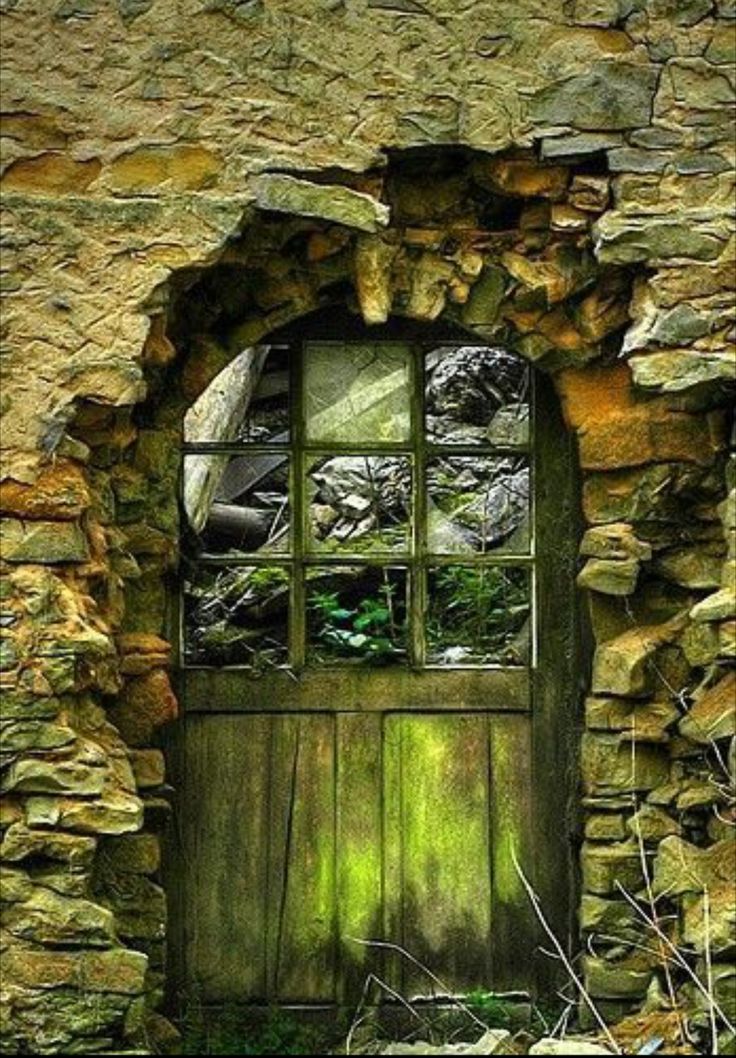 81KB nine0165 Rocking Chairs Furniture House Garden, woodland, furniture, house, couch png 2000x2000px 904.4KB
81KB nine0165 Rocking Chairs Furniture House Garden, woodland, furniture, house, couch png 2000x2000px 904.4KB - four dwarfs, Fairy tale Dwarf Dwarf Duende, Dwarf, elf, fictional Character, cartoon png 982x1157px 1.16MB
- Table Bench Garden furniture, bench, angle, furniture, rectangle png 2800x2100px 2.55MB
- brown wooden frame, Table Garden furniture Landscape architecture Landscaping, wood shop, patio, garden, garden Design png 640x461px 79.03KB
- Gardening Garden tool Gardener Landscaping, others, cartoon, cartoon Characters, gardening png 570x548px 37.3KB
- closed gate beside tree, Stone Mountain Magnolia Gardens Pixabay Illustration, Park Garden Gate, lights, outdoor Structure, fence png 960x596px 818.02KB
- brown wooden bridge illustration, Garden bridge Cedar railing, Small wooden bridge, angle, furniture, building png 800x337px 239.35KB
- Greenhouse Garden Sliding door Roof shed, nursery, miscellaneous, glass, outdoor Structure png 700x500px 88.63KB nine0014
- Watering cans Gardening Garden tool Hand tool, garden tool, miscellaneous, garden, garden png 766x590px 211.92KB
- Gardening Trellis Landscaping Fountain, outdoor structure, flower Garden, flower png 1600x2416px 2.
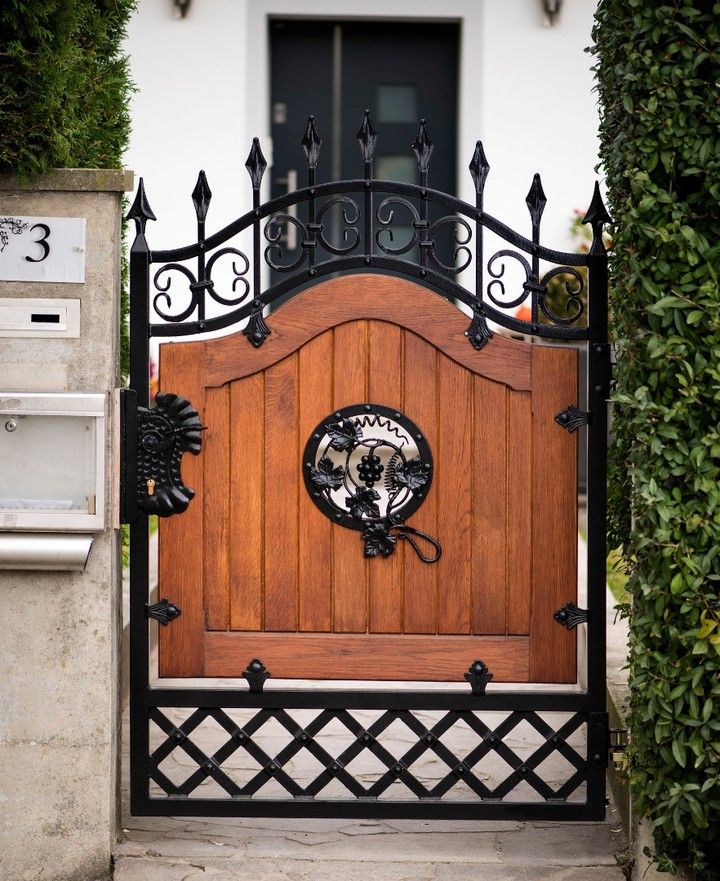 88MB
88MB - Window Door, door, glass, furniture, building png 1866x2636px 4.78MB
- blue and brown concrete temple, Paifang Chinese Pavilion Concrete wall Chinese garden, Classical house door, furniture, building, city png 1024x768px 723.13KB nine0014
- Gardening Computer Icons Garden landscaping, written, miscellaneous, leaf, hand png 1600x1600px 30.37KB
- Sticker Fairy Forest Decal, Fairy, leaf, label, elf png 644x800px 346.39KB
- Window Frames Chambranle Glass, window, furniture, building, window png 1000x695px 663.7KB
- Learn more
- Spa bathroom ideas 2023
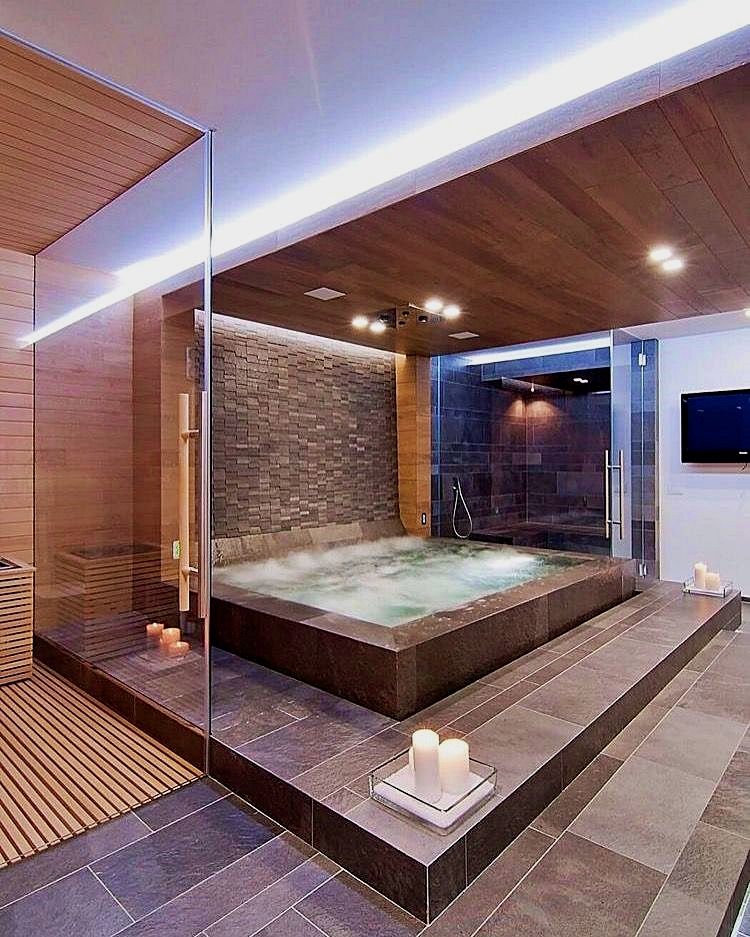
- Designing a kitchen extension
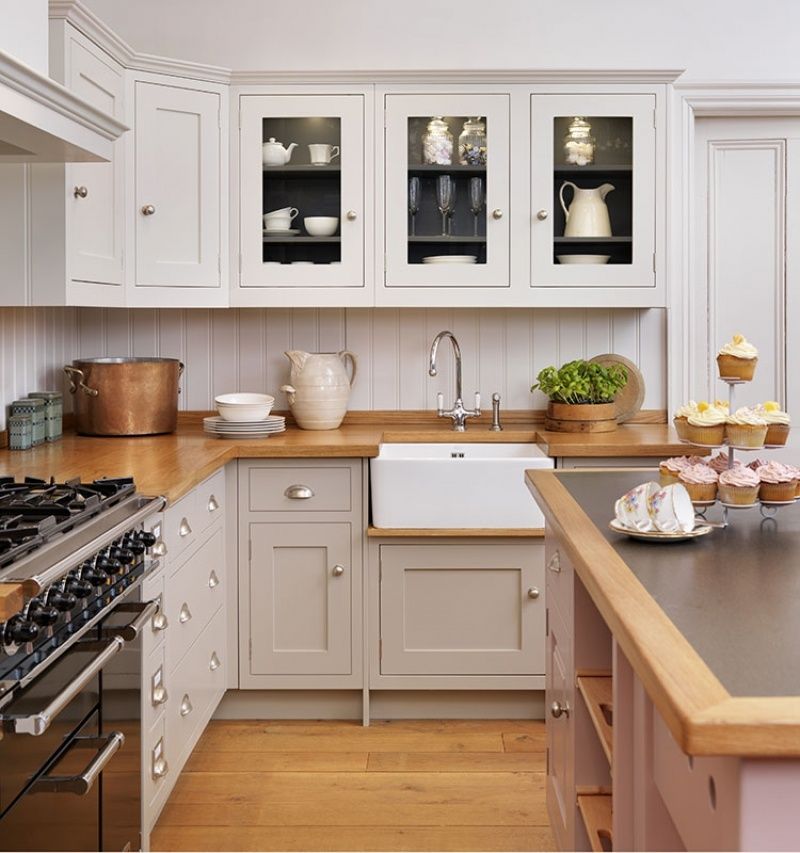
- Designing a family room layout
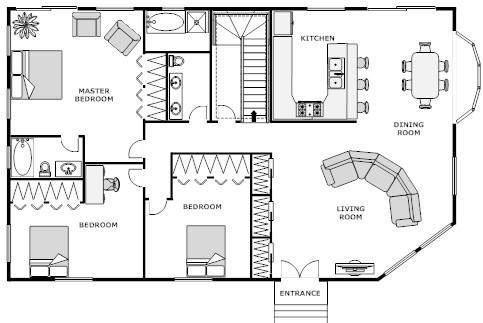
- How to make an outdoor grill
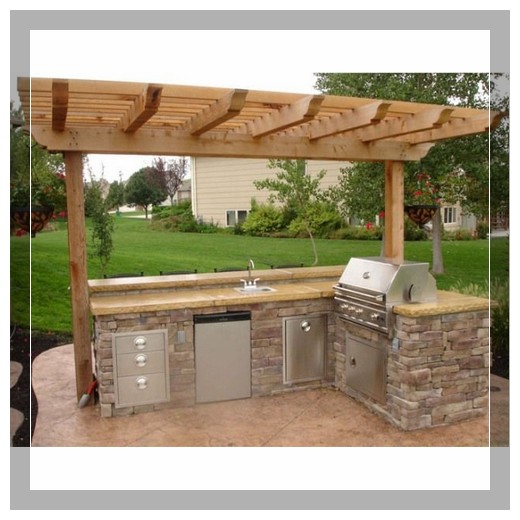
- Can you steam clean a leather couch

- Your home style fashion

- What is the best sofa bed to buy
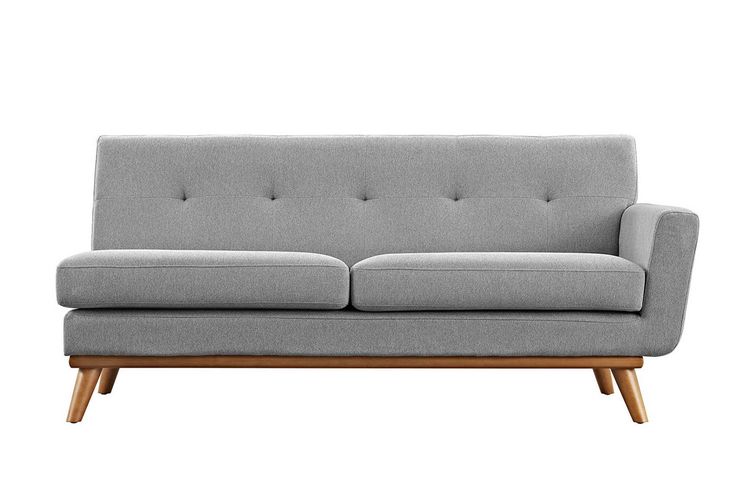
- Best of bathrooms
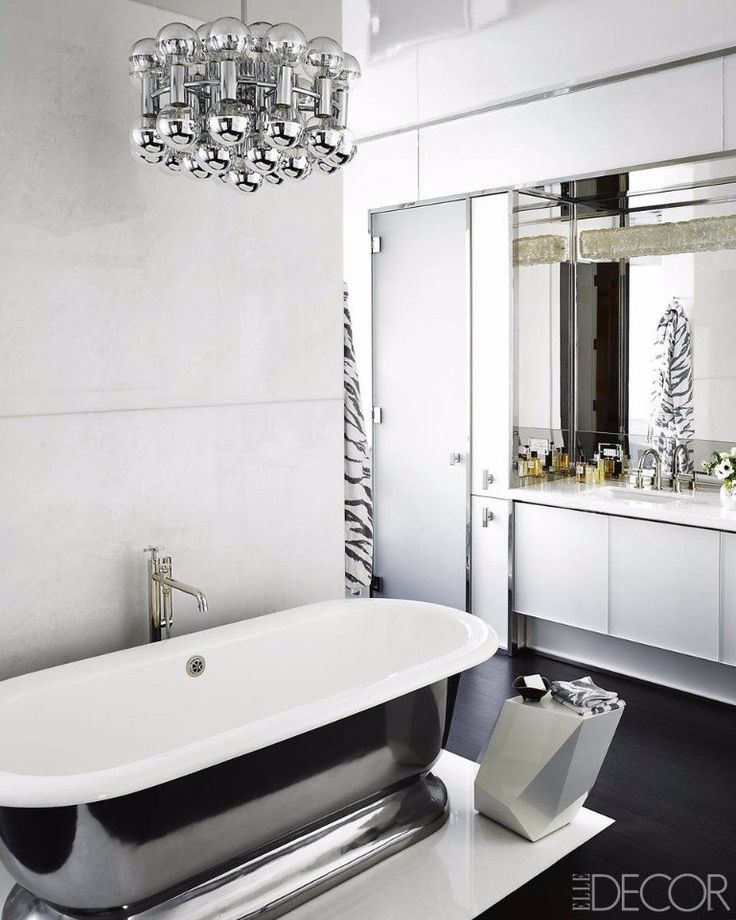
- Different colour shades for walls
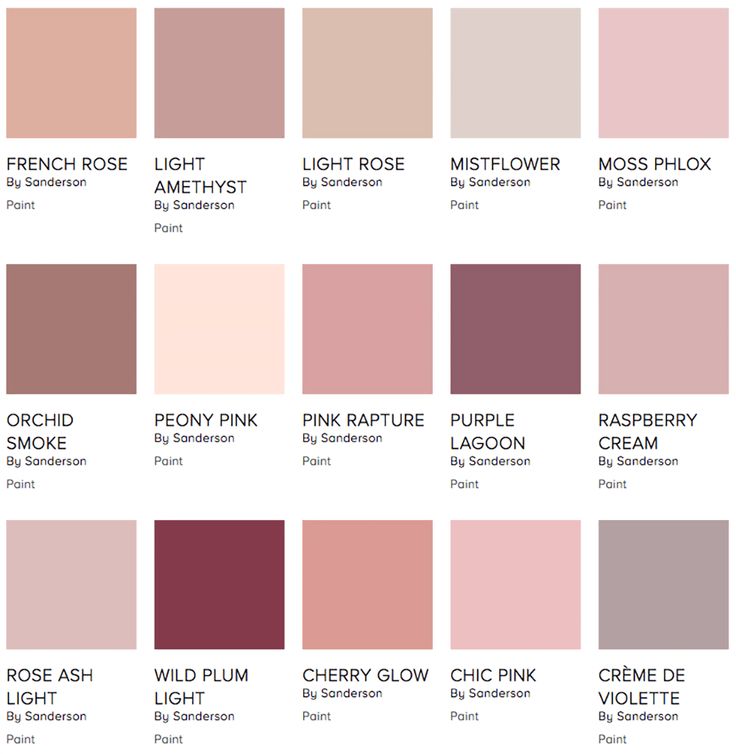
- How to keep bee hives

- Replacing drywall on ceiling
